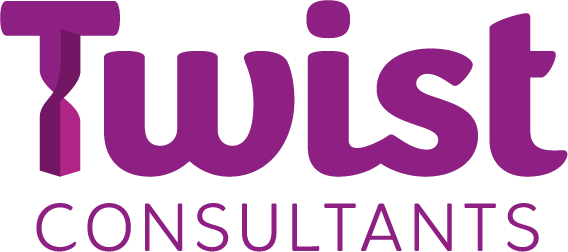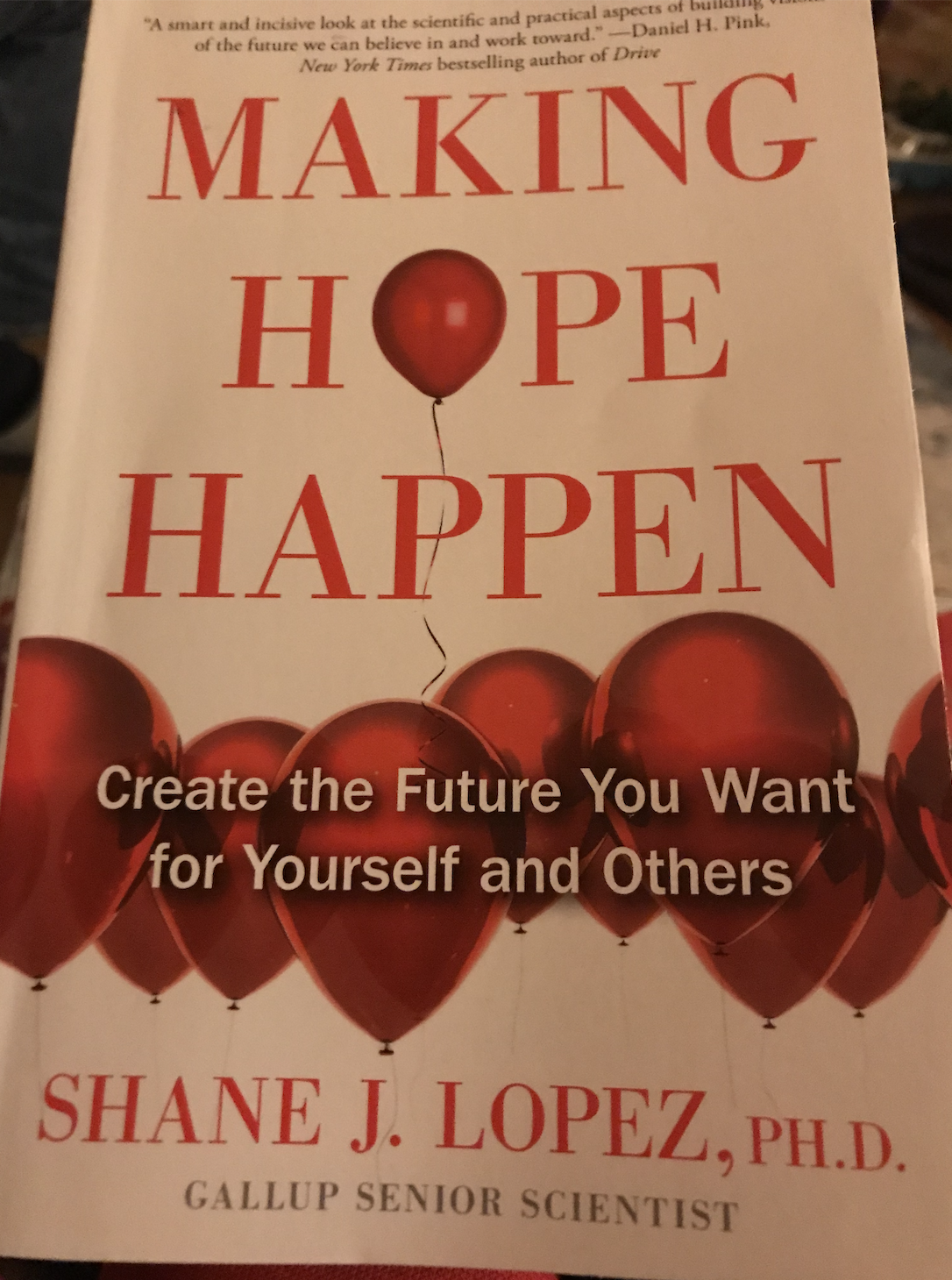If you’ve ever wondered what hope really means, how to bring it to life or understand how it’s different to optimism or wishing, this book is for you.
Peppered with a mix of science, data and stories, Lopez explores how we can build visions of the future that we can really believe in and work towards.
The book begins with the inspiring story of John, a farmer diagnosed with kidney disease who became suicidal. Working with Lopez, John began to imagine a future of his own making (‘futurecasting’) and tackling jobs on the farm. This shifted John’s emotional state and gradually, helped him to delay dialysis and see an improvement in his health.
As this – and many other examples throughout the book show, hope is a much more dynamic model than ‘wishful thinking’. It’s about imagining a goal, understanding the steps to reach it and doing it. It’s getting into action.
Lopez includes the framework of the Hope Cycle – which includes goals, agency and pathways – the three essential elements required for hope. He explores each of these throughout the book.
In the final section of the book, ‘Practicing the Three Hope Strategies’, Lopez sets out practical ways to use three pathways to help achieve our goals (effectively putting the Hope Cycle into practice) – Futurecasting; Triggering Action and Planning for Ifs.
If you want to learn more about hope and how to develop it for yourself, this is a great read. It offers different approaches that we can all apply to develop more hope and create a future we really want.

